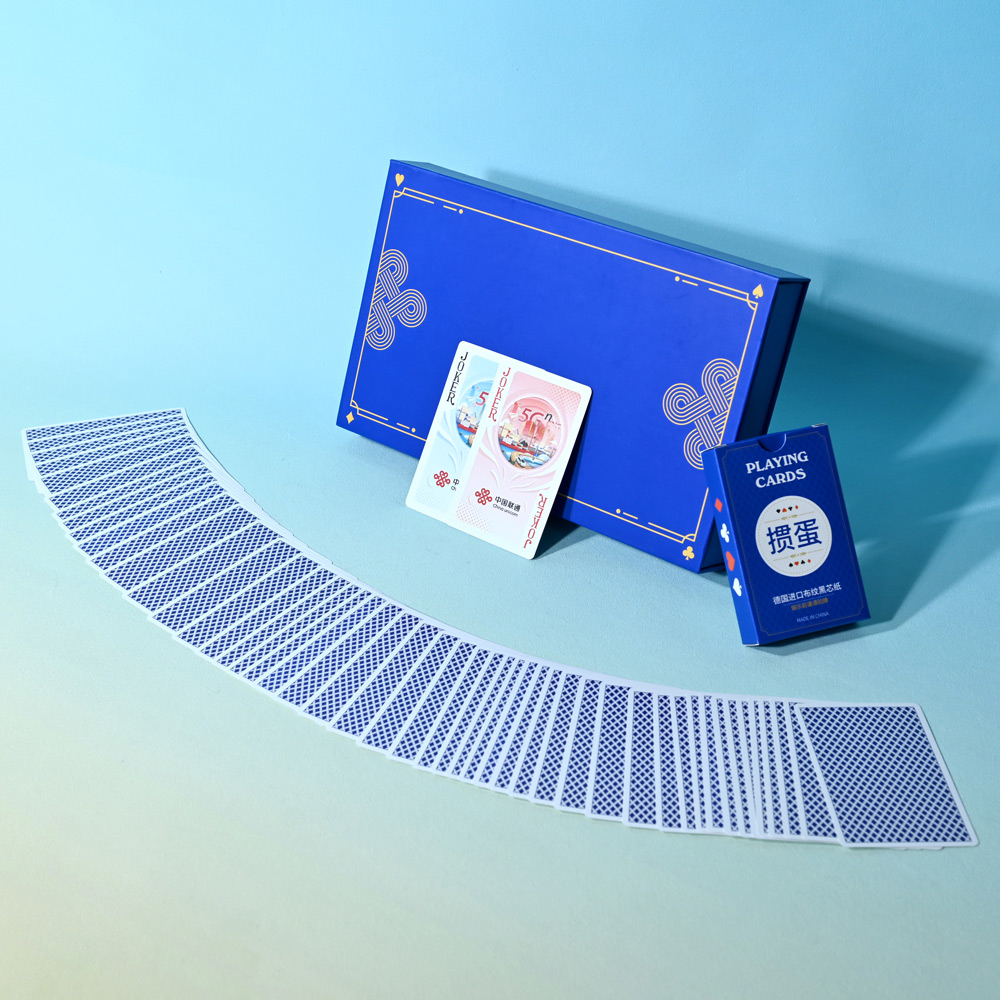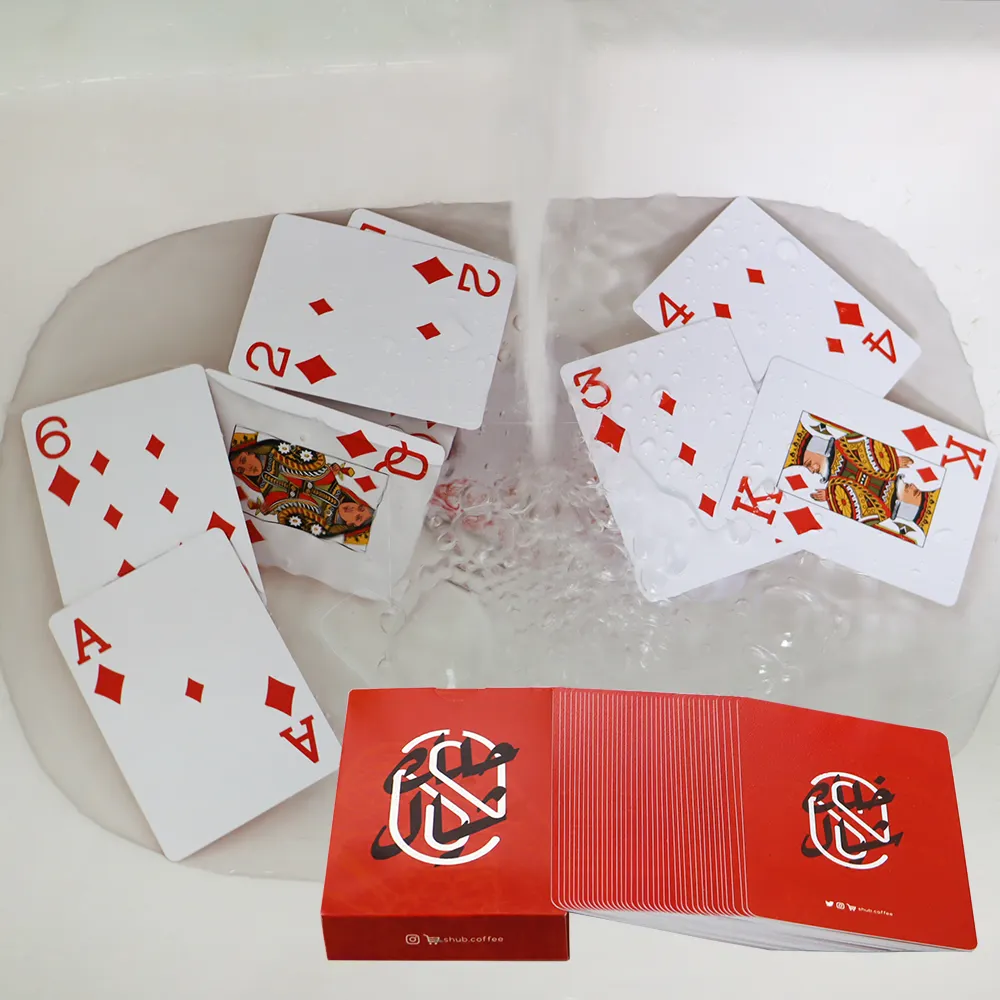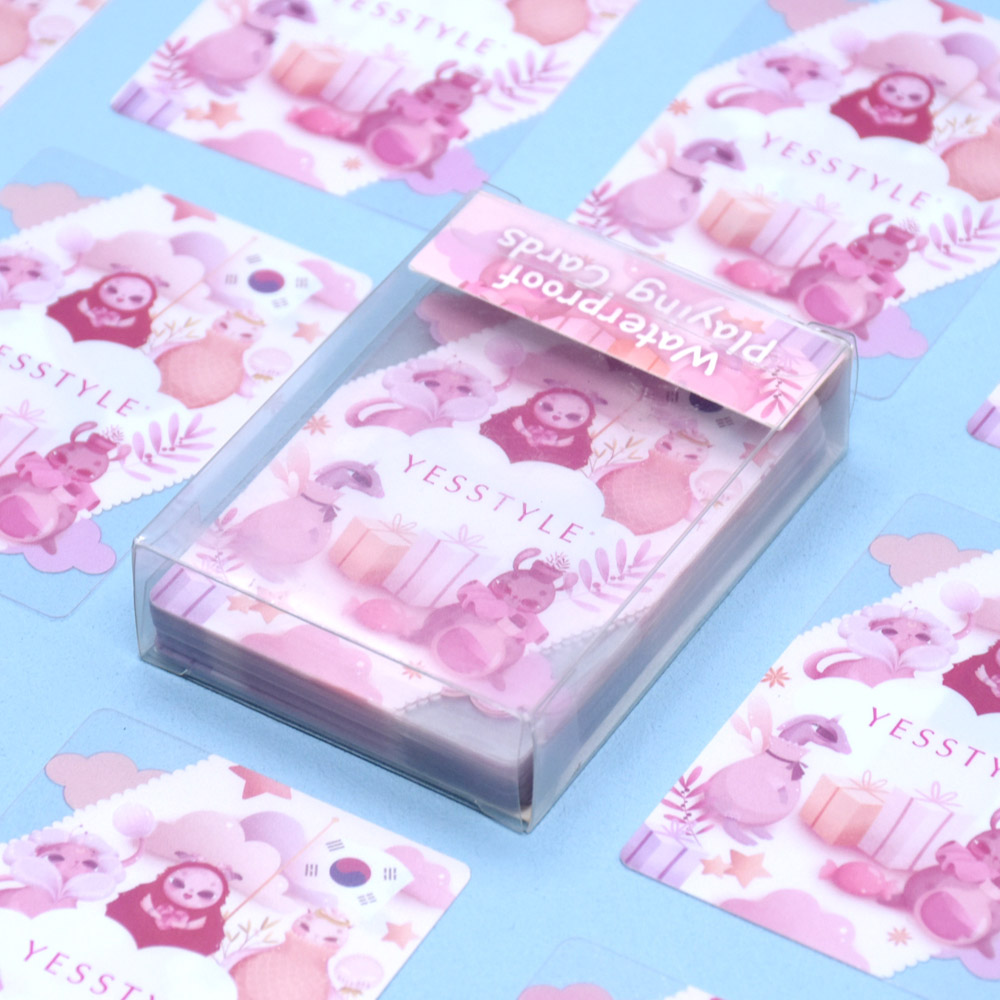When it comes to custom playing cards printing, size is more than just a number—it's the key to user experience, print quality, and brand impact. Whether you're designing custom poker cards for a promotional event, tarot card printing for spiritual readers, or personalized board game cards for your next hit game, choosing the right card dimensions and thickness can make or break your project.
At Jinguan, we specialize not only in custom playing cards, but also in custom boxes, custom notebooks, custom books, and complete custom board game sets—offering you a one-stop printing and packaging solution. This guide will walk you through the most popular playing card sizes, the importance of card stock thickness, and how to match your cards with perfect packaging for maximum market appeal.
Why Playing Card Size Matters
Many first-time creators focus heavily on artwork and forget about size—but an incorrect card dimension can lead to:
Packaging issues – Cards that don't fit standard boxes require costly custom packaging.
Wasted printing material – Odd sizes often result in higher printing waste, driving up costs.
Poor user experience – Cards that are too big or too small feel awkward to shuffle and handle.
Logistics problems – Non-standard sizes may increase shipping and storage costs.
By planning your custom card dimensions early, you can avoid these issues and create a product that is functional, beautiful, and cost-efficient.
Popular Sizes for Custom Playing Cards
Here are the most common custom playing card sizes and their uses:
| Name | Size (mm) | Size (inch) | Best For |
|---|---|---|---|
| Poker Size | 63 × 88 mm | 2.5" × 3.5" | Casinos, casual games, promotional decks |
| Bridge Size | 57 × 88 mm | 2.25" × 3.5" | Strategy games, smaller hands |
| Mini Size | 44 × 63 mm | 1.73" × 2.48" | Travel decks, kids’ games, giveaways |
| Tarot Size | 70 × 120 mm | 2.75" × 4.75" | Tarot decks, spiritual use, detailed art |
| Square Size | 70 × 70 mm | 2.75" × 2.75" | Creative branding, board game accessories |
| Large Size | 88 × 126 mm | 3.5" × 5" | Educational cards, senior-friendly decks |
Pro Tip: If you're designing for board game printing, consider how your cards will fit with other game components and the overall box size.
Matching Size to Your Purpose
- For Casino or Poker Nights: Stick to standard Poker size for familiarity and comfort.
- For Educational or Training Cards: Use larger sizes (e.g., 89 × 146 mm) to allow more space for visuals and text.
- For Kids' Games or Travel Decks: Mini cards are portable and fun.
- For Tarot or Art Cards: Choose larger dimensions to showcase artwork in detail.
- For Promotions: Square or uniquely shaped cards stand out and are more memorable.
How Card Stock Thickness Impacts Quality
When ordering custom card printing, thickness is just as important as size.
- 0.31–0.33 mm: Ideal balance between durability and easy shuffling.
- Too Thin: Cards feel flimsy, bend easily, and may appear cheap.
- Too Thick: Difficult to shuffle, heavier, and may not fit standard packaging.
Popular options at Jinguan Printing:
- Deluxe Smooth (DS33) – High-end surface for sharp, vibrant prints.
- Gaming Linen (GL29) – Classic textured feel with improved grip.
- PS30/CL31 – Extra durability for heavy-use cards.
Packaging Options for Custom Playing Cards
At Jinguan, we not only print your cards—we also design custom card packaging to match. Options include:
- Tuck Boxes – Most common and budget-friendly.
- Rigid Magnetic Boxes – Premium, ideal for collector editions or luxury gifts.
- Eco-friendly Wraps – Perfect for sustainable brands.
- Custom Board Game Boxes – Designed to hold cards along with other game components.
By integrating custom boxes with your cards, you ensure a cohesive and professional unboxing experience.
Why Choose Jinguan for Your Custom Card Printing
- Full Product Range – From custom playing cards to gift boxes, notebooks, books, and board game sets.
- End-to-End Service – Design, printing, packaging, and shipping solutions.
- Flexible MOQ – Suitable for both small-batch and large-scale production.
- Global Delivery – Serving customers worldwide with competitive lead times.
- Premium Quality – Professional printing, vibrant colors, and durable materials.
Conclusion
Choosing the right custom playing card size, thickness, and packaging is essential for creating a product that's both functional and memorable. With Jinguan's expertise in printing and packaging—from personalized poker cards to complete board game sets—you get professional quality, creative flexibility, and reliable global service.
Ready to start your custom card project? Contact Jinguan Printing today to bring your design to life.
FAQ
1. Can I order custom playing cards in unique shapes?
Yes! We can produce square, circular, or die-cut cards. Our team will assist with template setup and packaging design.
2. What is the minimum order quantity?
Our MOQ starts from 100–500 decks, depending on card type and finish.
3. Can I get samples before bulk printing?
Absolutely. We offer sample runs so you can check quality, color, and material before mass production.
4. Do you offer eco-friendly materials?
Yes, we have sustainable paper stocks and soy-based inks for environmentally conscious brands.
5. Can you also print matching packaging?
Yes. We can design and produce custom tuck boxes, rigid gift boxes, and board game packaging to perfectly fit your cards.








